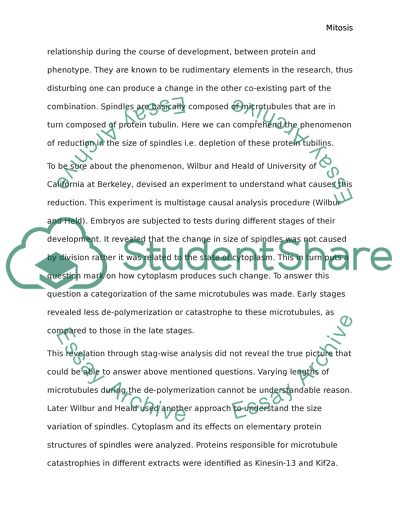Cite this document
(“Mitosis Essay Example | Topics and Well Written Essays - 1000 words”, n.d.)
Retrieved from https://studentshare.org/biology/1474511-mitosis
Retrieved from https://studentshare.org/biology/1474511-mitosis
(Mitosis Essay Example | Topics and Well Written Essays - 1000 Words)
https://studentshare.org/biology/1474511-mitosis.
https://studentshare.org/biology/1474511-mitosis.
“Mitosis Essay Example | Topics and Well Written Essays - 1000 Words”, n.d. https://studentshare.org/biology/1474511-mitosis.


